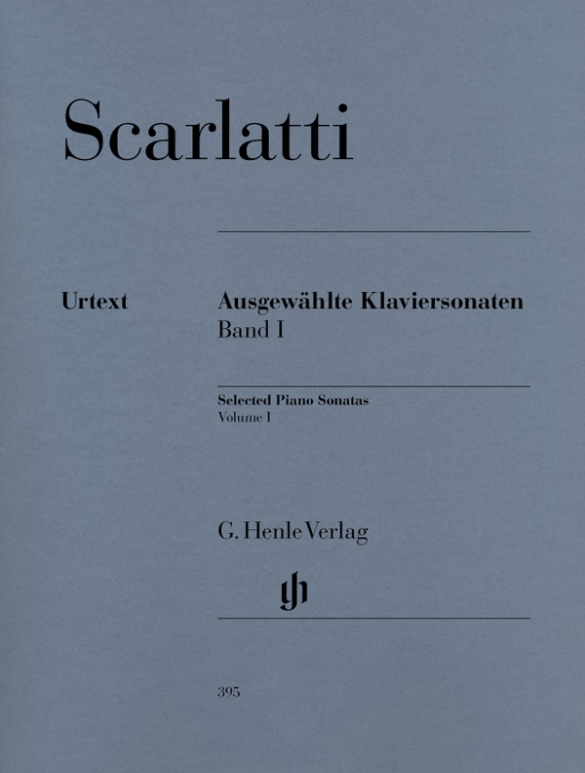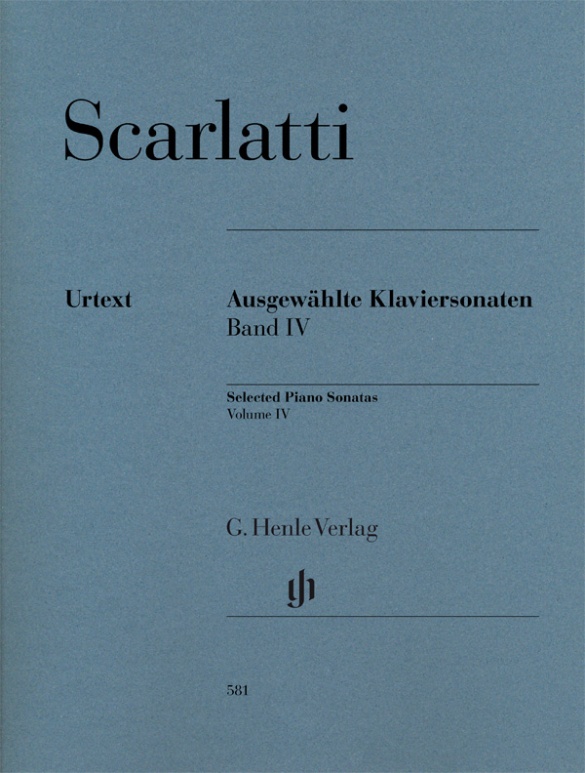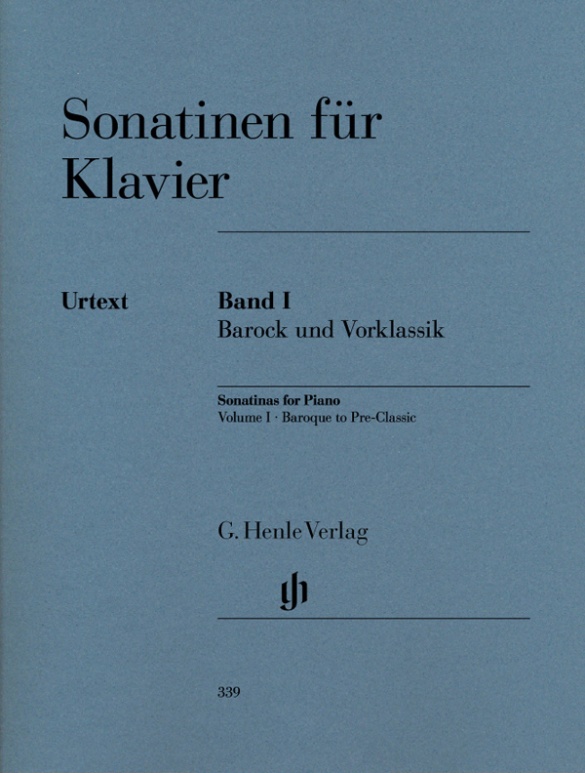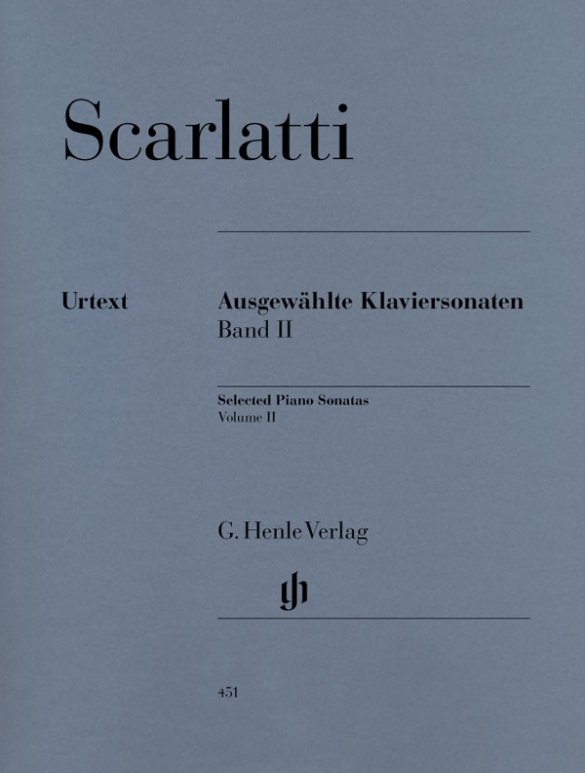

Domenico Scarlatti
Selected Piano Sonatas, Volume II
Domenico Scarlatti is today considered as one of music history’s great piano composers, and the first-ever piano virtuoso. The present collection contains 24 sonatas from various creative periods, offering a survey of the rich and varied output of this Italian who worked at the Spanish court. Scarlatti triumphed over the heavy Baroque style with his characterful themes, natural cantabile melodies, and dance-like movements.
The performance-technical moment is a formally constitutive element within his one-movement sonatas. For the first time in the history of piano music, the interpreter must cross the hands and master wide leaps. Renowned pianist Bengt Johnsson provides information on Scarlatti’s life and career, as well as on the various sources on which this edition is based, in his preface. A few sonatas appear in print here for the first time. An additional “bon-bon” is the reprint of a preface to the edition of 30 of Scarlatti’s piano sonatas published in 1738. Absorbing reading for all who wish to acquire a deeper understanding of Scarlatti’s piano music.
Content/Details
About the Composer
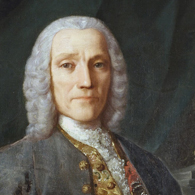
Domenico Scarlatti
Harpsichordist and most important composer of harpsichord sonatas in the first half of the eighteenth century. He left behind over 550 compositions for harpsichord; operas; chamber cantatas; liturgical music, and twelve sinfonias.
| 1685 | Born in Naples on October 26, the son of Alessandro Scarlatti. |
| 1703/04 | Commissioned to write three operas for the Teatro San Bartolomeo in Naples. |
| 1705 | Living in Venice. |
| from 1709 | Music director in Rome; performances of seven operas for Queen Marie Casimire, including “Tetide in Sciro” (1712), “Ifigenia in Aulide” and “Ifigenia in Tauri” (1713), “Amor d’un ombra e gelosia d’un’aura” (“The Love of a Shade and the Jealousy of an Aura,” 1714; in London as “Narciso” in 1720). Composes chamber cantatas and liturgical music. |
| 1714 | Music director of the Cappella Giulia at St. Peter’s Basilica in Rome. During this time, he writes his Stabat Mater. Further opera premieres at the Teatro Capranica. |
| 1719 | Director of the royal musical chapel under João V. Composition of serenades and harpsichord pieces for Maria Barbara, the later queen of Spain. |
| from 1728 | Employment at the Spanish court for the musical entertainment of Ferdinando and Maria Barbara. Instead of operas he now primarily composes harpsichord pieces that frequently adopt features of Iberian folk music (fandangos, seguidillas, polos, boleros); he thereby creates an innovative musical style that does not comply with the rules of strict counterpoint. |
| 1738/39 | Publication of 30 “Essercizi per gravicembalo” (“Exercises for Harpsichord”), which make Scarlatti known throughout Europe. |
| 1752–57 | He orders the preparation of several volumes of his collected sonatas. |
| 1754 | Probably composes his “Missa quatuor vocum” in the stilo antico. |
| 1757 | Composition of the “Salve Regina.” Death in Madrid on July 23. |
Product Safety Informations (GPSR)

G. Henle Verlag
Here you can find the information about the manufacturer of the product.G. Henle Verlag e.K.
Forstenrieder Allee 122
81476 München
Germany
info@henle.de
www.henle.com
recommendations
autogenerated_cross_selling
Further editions of this title
Further editions of this title


